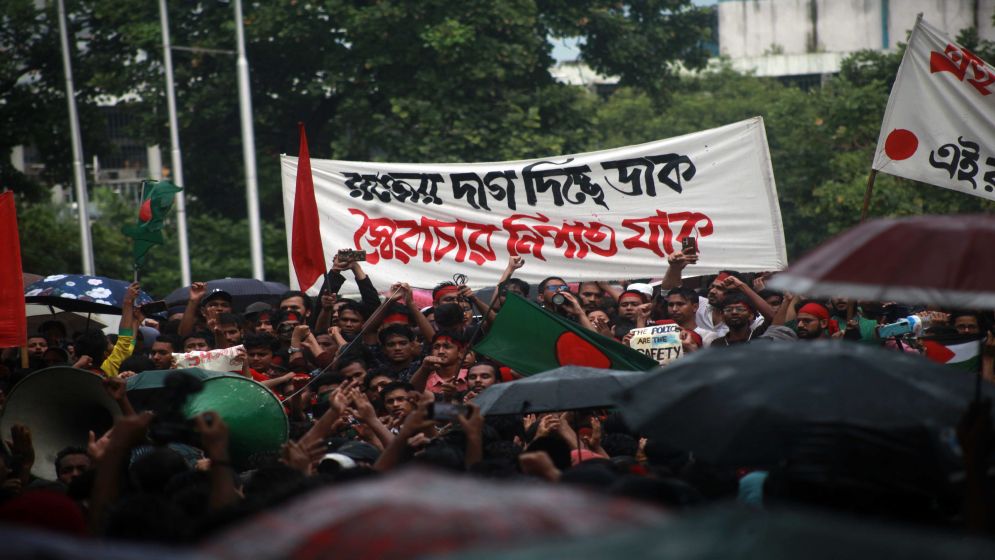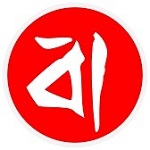Another Friday marred by nationwide clashes and deaths

Bangladesh faced another tense Friday with the nation on edge due to planned protests.
As early as the morning, there was a noticeable atmosphere of anxiety with law enforcement deployed across the country.
The tension escalated after Friday prayers, as reports of violence emerged despite heavy rainfall. By 9:00 pm, there were at least two confirmed fatalities.
Social media platforms were abuzz with location-specific hashtags like "All Eyes on Khulna" and "All Eyes on Uttara" as the nation watched the protests unfold.
The first reported fatality occurred in Habiganj's Tuk Bazar area, where a clash between police and a student rally organized by the Anti-Discrimination Student Movement resulted in one death.
The victim in Habiganj was identified as 28-year-old Mostak Mia, a local laborer working for a PDB contractor. He tragically suffered a fatal bullet wound during the afternoon's clash between police and student protesters.
The clash also resulted in at least 50 injuries, including both protesters and police officers.
A second death was reported later in the day, this time in Khulna.
In Khulna, the death of police constable Suman, who succumbed to injuries sustained during clashes with protesters, was confirmed by the Khulna Metropolitan Police Commissioner.
Earlier, protesters had set the district Awami League office ablaze and attacked the residence of a local lawmaker.
The capital city, Dhaka, was not spared from the unrest.
Reports from Uttara indicated clashes between police,unidentified individuals, and protesters, with allegations of gunfire.
The protests involved students from various educational institutions, including private universities and colleges.
Social media was abuzz with reports that "Chhatra League" members were aggressively entering homes to locate student protesters.
In Mirpur, a heavy security presence, including BGB, police, and army personnel, was evident even before the protesters started to assemble.
Meanwhile, in Khulna, police moved in on protesters around 5:30pm, firing tear gas shells at the Gollamari intersection to disperse the crowd.
Significant law enforcement was also seen around Khulna University, where protesters and police clashed at the main gate of the campus at one stage.
In Sylhet, a journalist named Mithu Das, reporting for the Daily Kalbela, was injured by pellets while covering a clash between police and protesters near the Surma area.
The confrontation left about 100 people injured, including journalists,protesters, and police officers.
Das was taken to Mound Adora Hospital for treatment.
Police used tear gas, blank firing, and sound grenades to disperse the protesters, who had blocked a road. Eight people were arrested in connection with the incident.
Similar clashes occurred in other cities, including Khulna, where at least 20 students and several police officers were injured, and Chattogram, where a police box was set on fire.
Initially focused on quota reform, the protests expanded to include nine additional demands.
Although the government responded by reducing the quota system from 55% to 5%, public anger escalated due to the high death toll resulting from law enforcement's use of live ammunition against protesters.
The government claims around 150 deaths, but media estimates exceed 200, and UNICEF reports that at least 32 of the deceased were children.
—-

